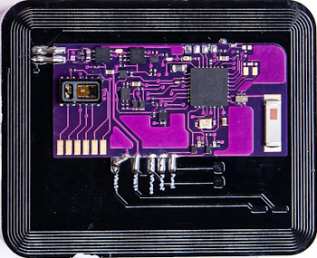The opioid epidemic has had a detrimental impact on the United States, causing around 727,000 deaths from 1999-2022. In 2022 alone, 224 people died each day from an opioid overdose. This epidemic has caused significant loss, and the Centers for Disease Control and Prevention (CDC) is working to put it to an end. The CDC has recently focused on monitoring trends and patterns concerning opioid overdoses to analyze the epidemic and determine the best way to respond to this nationwide issue. Additionally, the CDC has conducted research on opioid overdoses to improve opioid prevention efforts by better identifying areas that need aid and assistance.
Numerous interventions in 2023 led to a 3% decrease in opioid overdose deaths. This was the first decrease in opioid overdose deaths since 2018. One factor that contributed to the decline in deaths caused by opioid overdoses was the use of naloxone, a medication that can reverse the effects of an overdose if administered within two to three minutes of the overdose. This medication blocks the effects of opioids and restores breathing in a person who has overdosed. Naloxone, both a nasal spray and an injection, does not need medical authorization to be administered or purchased. It can be bought over the counter at grocery stores, pharmacies, or alternative stores.

Although naloxone has been effective in saving the lives of individuals who are overdosing, naloxone can only be administered when another individual is around. Without a bystander at the scene of an opioid overdose, the naloxone may not be given in time. This is why a new implant called the Naloximeter may be useful in the future. According to researchers, the Naloximeter is the best prevention of opioid overdose deaths because it reacts quicker than any other opioid prevention device. This implant, which is inserted under the skin and powered by a battery, monitors the loss of oxygen in the body. Once an overdose has been detected by the Naloximeter, a notification is sent to the recipient of the implant so that if the overdose has been falsely detected, the person can quickly tap on the notification and cancel the release of the naloxone. If the individual does not cancel or respond to the notification within 30 seconds, the naloxone will be released inside the individual’s body in enough time to affect the brain and first responders will be contacted.
Although this new invention has only been tested on pigs and rats, researchers have high hopes for the Naloximeter. In the first few months of sobriety, people are 10 to 16 times more at risk of dying from an overdose. Researchers hope that the Naloximeter can reduce this number. As drugs continue to be spiked with small synthetic doses of opioids like fentanyl, this implant can save many from a fatal overdose.
Despite the potential benefits of the Naloximeter, this invention still has a long way to go before it can be used in clinical trials and then released to the public. Before this implant can be used, ethical and logical concerns must be considered. Some ethical concerns to consider include whether this new implant is too invasive and whether there could be potential abuse of the implant’s platform. Some of the logical concerns are whether this implant would be too expensive and whether people would be able to access this new technology.
Though there are still some details to be discussed, if the Naloximeter is made accessible to the public, it could potentially combat or even end the opioid epidemic. The opioid epidemic has had a severe impact on individuals, families, and the entire nation, so interventions like naloxone and the Naloximeter can and will make progress.










